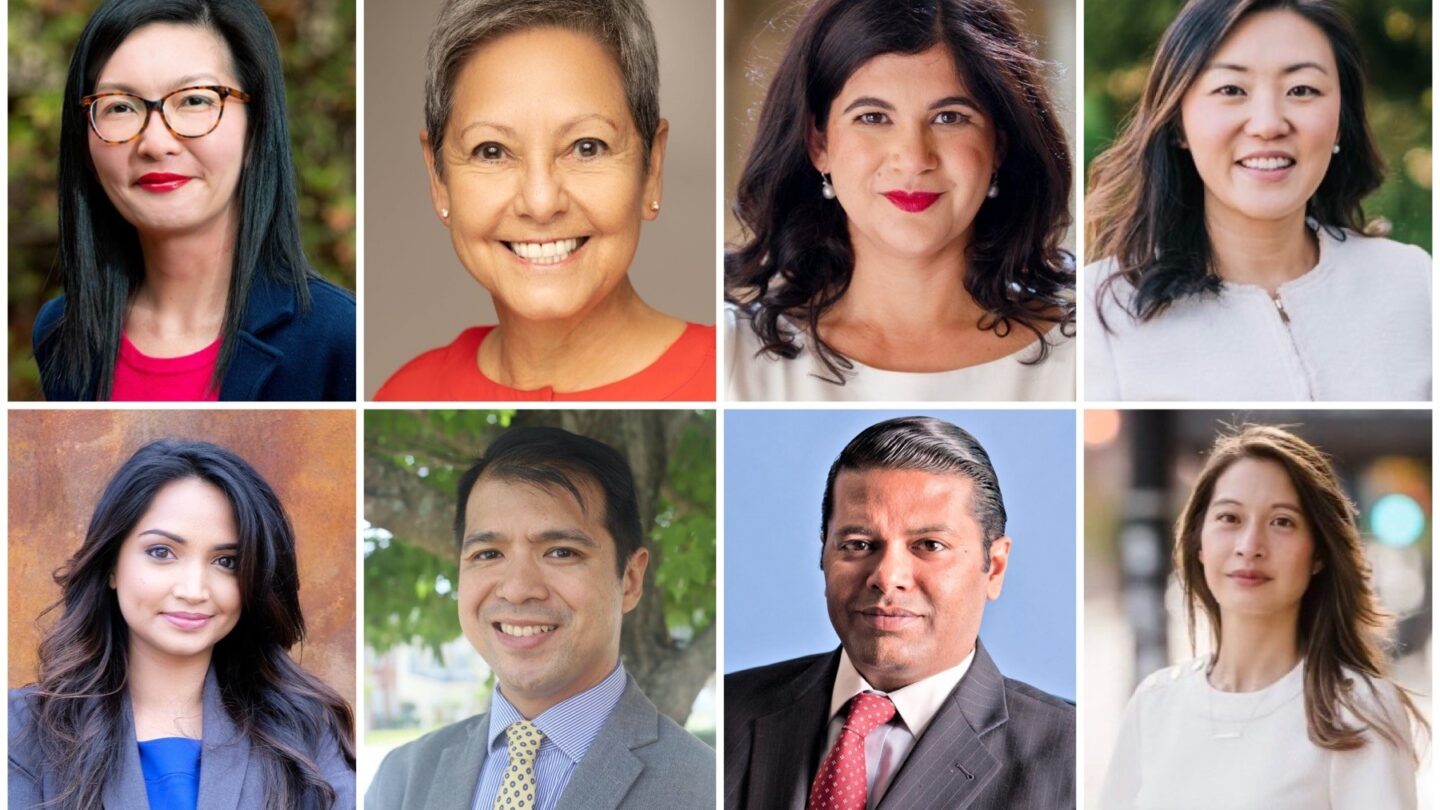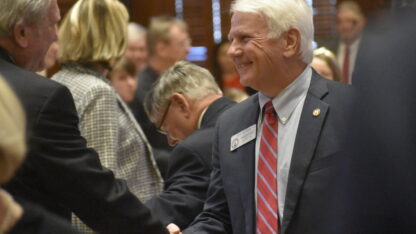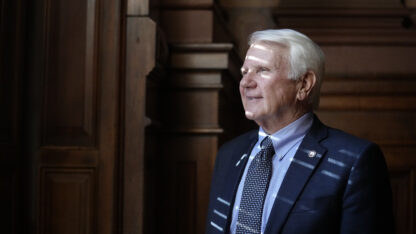Georgia’s population has been growing more diverse for decades. Now its lawmakers are catching up.
Georgia swore in 85 lawmakers on Monday who are of Hispanic, Black, Asian or Arab descent, bringing such lawmakers to 36% of the legislature once vacancies are filled in the 236-member General Assembly.
That’s an increase of eight nonwhite members from the previous two-year session. And the growth is prompting changes: For the first time, members have formed a Hispanic caucus and an Asian American Pacific Islander caucus, to go with longstanding groups for women and Black lawmakers.
“It’s just the chamber catching up to what the rest of the state has been doing for more than a decade,” said Rep. Ruwa Romman, a Duluth Democrat of Palestinian descent, and the first Muslim woman to serve in the state House.
However, the ethnic diversity of Georgia’s legislature still lags behind that of the state as a whole. The state’s population overall is 51% white and non-Hispanic, according to the 2020 Census.
Georgia is not alone on that measure. Figures collected by the National Conference of State Legislatures in 2020 showed that legislatures in every state were less diverse than the population of the state. Even in Hawaii, where more than two-thirds of lawmakers are nonwhite, they make up a smaller share than the nonwhite population of the state as a whole.
In Georgia, part of the reason that diversity lags is because most Asian and Hispanic people have arrived in recent decades. Many adults are not citizens, while the Hispanic population, in particular, is very young. About 20,000 Latinos turn 18 each year. Most of those people are citizens and become eligible to vote.
AP’s Votecast survey found that 60% of Georgia’s 5 million voters in November were white, while 30% were Black, 4% were Hispanic or Latino, 1% were Asian, 1% were Native American and 4% identified in other ways.
It’s not the first time that a dawn of diversity in the General Assembly has been proclaimed. Rep. Pedro “Pete” Marin, a Duluth Democrat, was elected alongside another Latino House member and a Latino senator in 2002, becoming the first three such lawmakers. But the other two left the legislature.
“I was by myself for a while,” Marin said.
This year, though, there will be seven Hispanic members. Two Republicans, Sen. Jason Anavitarte of Dallas and Rep. Rey Martinez of Loganville, announced the formation of the Hispanic caucus in a way that aimed to advance the GOP’s efforts to capture Latino voters.
“Hispanics are not single-issue voters who care solely about immigration,” Martinez said in a statement. “We are parents, business-owners, and hardworking Georgians who ultimately want the same freedoms and opportunities that have enabled generations of Americans to achieve prosperity and success.”
But four of the seven Hispanic lawmakers, including Marin, are Democrats. He said he’s trying to work with Anavitarte to craft a more bipartisan approach.
Rep. Michelle Au, a Johns Creek Democrat who served the previous two years in the Senate, is helping to found the 11-member AAPI caucus, the largest such group outside Hawaii. In a speech in 2021, she warned about anti-Asian hate attacks as an example of an issue that representatives connected to their communities can raise. Her speech came the day before a gunman shot eight people dead at Asian-operated spas in Atlanta and Acworth in 2021.
“The goal of the caucus really is to be able to have sufficient numbers to champion issues that are important to a subset of the community that often doesn’t get a voice in rooms like this,” she said.
Romman is joining the AAPI group, noting her homeland is part of Asia too, but also so she can caucus with three South Asian Muslim members.
“I think it’s diverse in a way that isn’t tokenistic,” she said. “What I mean by that is the people that identify the way they do are deeply connected to those communities.”








